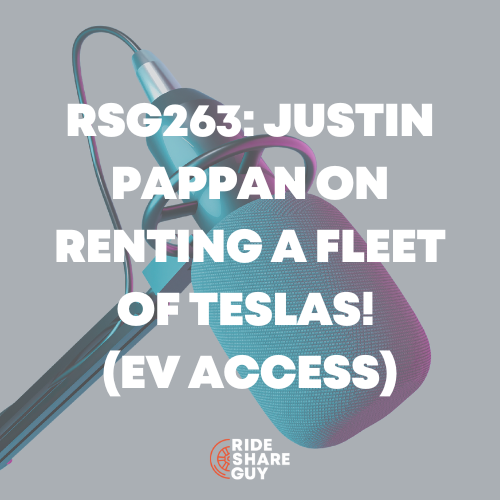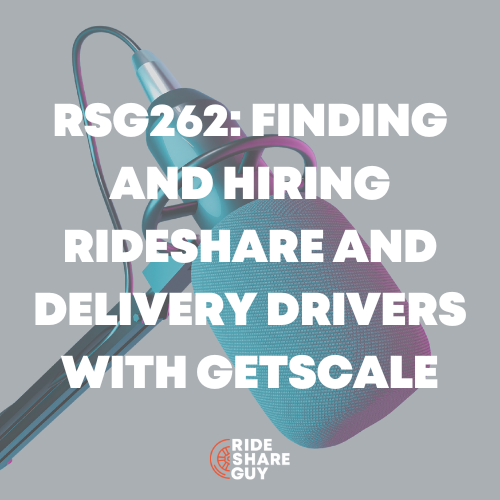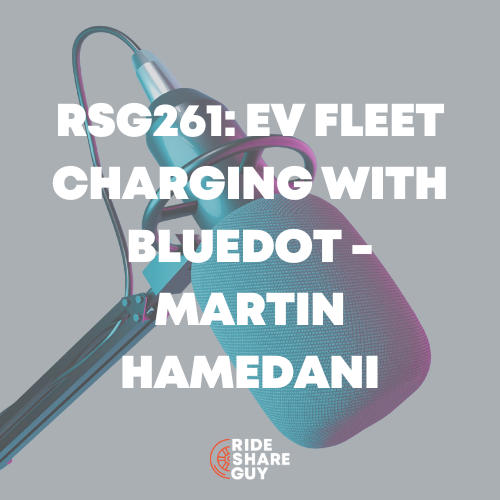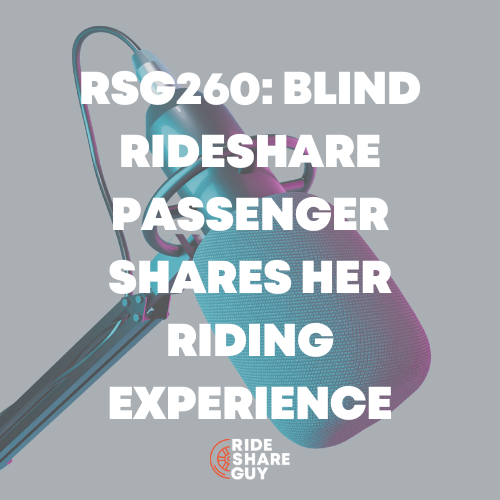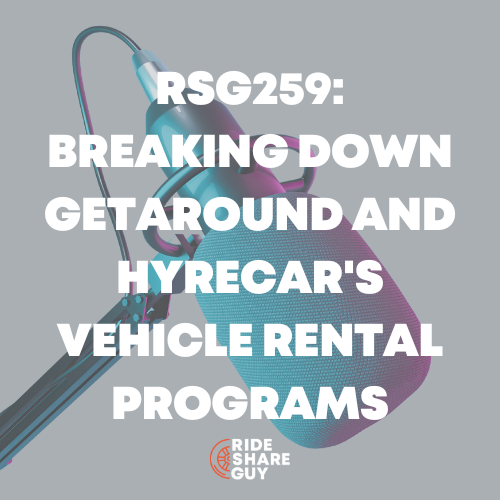Join Harry as he speaks with Nikhil Goel, Chief Commercial Officer of Archer Aviation, who is heading up their commercialization strategy.
Harry and Nikhil discuss Archer’s mission to reimagine how everyone moves and spends time, along with Nikhil’s own company, Uber Elevate, an aerial rideshare company.
Listen to RSG258 With Nikhil Goel
If you like podcasts better, check us out on Apple Podcasts or Spotify! While you’re there, hit subscribe so you don’t miss our latest episodes!
Quick Takeaways
- Uber was one of the pioneers in aviation rideshare, but not the only one. NASA has worked on the technology for the last 35 years.
- Mark Moore, of NASA, said one day, airplanes can be controlled by batteries instead of fuel. He was responsible for a lot of the innovation to make this possible.
- Larry Page, one of the Google co-founders, was also a part of this. He played around with three types of airplanes that were electric.
- Uber Elevate and Archer are the companies that eventually stated what it would take to get passengers into a rideshare plane. They focused on noise, safety, and regulatory issues.
- We are at the point that a set of batteries can carry humans 100 miles on an airplane. This was the breaking point to start replacing trips where people spend hours stuck in traffic everyday. Ten years ago, it was only possible to go 10 to 15 miles, but that has significantly changed.
- This isn’t a rich person’s product. It’s something millions of people can take every day.
- This has been in the works for over ten years because companies have to constantly think what’s next, what’s coming up down the road if they want to succeed ten or fifteen years later.
- If Uber didn’t capture this audience, another company would have.
- The average trip within a city is 25 to 30 miles, typically a daily commute for work in major cities. It’s just long enough to be annoying and can be done in an airplane in 10 minutes.
- Traffic is the largest friction point they can solve. JFK to the city is one of the most frustrating places, and this opportunity can help avoid these existing problems.
- Everyone plans for a 30-minute commute, whether driving, walking, or taking a scooter. If it gets longer than that, people often make changes to be within that 30-minute bubble. But if you work in NY or San Francisco, your choices of where you can live are quite pricey.
- If you travel by air, you can work 50 to 60 miles away; you aren’t restricted to expensive housing and sacrificing what you and your family want.
- Blade, the current helicopter commute service has a great service that is the closest thing today where anyone can go buy a trip to the airport. This is the same idea of what Archer wants to do. This is the earliest taste of this service.
- The largest problem is noise. New York is one of the only cities where you can buy helicopter rides. All other cities ban it because of the noise.
- Uber found that the price elasticity was steep. People are sensitive to price increases. But if you can get the price of an air rideshare to half that of a helicopter ride, people will be much more interested.
- Safety, of course, is a major concern. Many people are scared of getting into a noisy helicopter, but a battery-operated vehicle has fewer moving parts and is less intimidating.
- The technology is safer. They have many more propellers, and if one goes out, the others can still run and keep the vehicle in flight.
- The new aircraft is flying every day from their flight headquarters in Salinas, California.
- Building a factory just outside of Atlanta, which will be one of the largest aviation manufacturing facilities in the world.
- They have aviation deals working in San Francisco, New York, and Miami.
- They are looking to go live by the end of next year with a waitlist-only service.
- United Airlines is a big partner of Archer. For example, a customer might take an Archer from Santa Monica to LAX, then take a United flight to their destination and an Uber or taxi to their final destination.
- The technology issues have been resolved that they may have experienced even a few years ago. They have six aircrafts in manufacturing.
- They’ve raised about $1.3 billion, which goes towards engineering and certification.
- The relationship with the FAA has been positive.
- Eliminating the cost of fuel almost eliminates the cost of maintenance, making the rides more affordable for the everyday person. It won’t be cheaper than taking the subway, but it could be cheaper than taking a car.
- It could increase the demand but decrease traffic, but when anything is new, there is always a high demand.
RSG258: Watch The Podcast On YouTube
Watch our YouTube episode to learn more about MI NAVE and the rideshare model in Latin America. While you’re there, hit subscribe!
